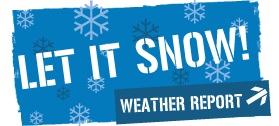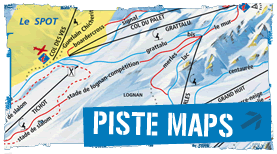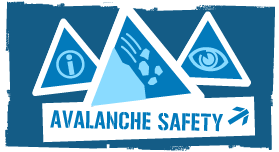Weekly report from HAT - 08/04/09
This Weeks HAT Snow Report
The past week was fairly typical for this time of year: after snowstorms in some parts of the French Alps near the border of Italy e.g. the Southeast part of Savoie (Val d’Isère, Tignes and especially Bonneval-sur-Arc), the temperatures became very, very warm.
The warm temperatures created melt-freeze cycles immediately on east, south and west faces up to over 3000 metres; the melt-freeze cycles were strong enough to make for some great spring skiing but the new snow led to a couple tragic accidents in the areas that got a lot of snow.
For a brief discussion on melt-freeze and how to get the best spring skiing, see last week’s Mountain Echo or my post on Get off piste on Tuesday April 1 (there is also a summary of one of the recent accidents on this site).
For this coming week, it looks like snowpack conditions will continue to be much the same as they have been: with some fresh snow on a couple of occasions combined with melting and freezing.
Tip of the week:
Most avalanche accidents happen on North facing slopes because the stability there is much less predictable than on sunny slopes. At this time of year we know that when a sunny slope has been in the sun for a long time, it is unstable. When the snowpack on that same slope has frozen, it is very stable.
But on North facing slopes that have not been subjected to melting and freezing just after a snowstorm, the instability can linger for a while. This is because:
1. Initial instability comes quickly on slopes that are subject to intense sunshine or high temperatures, but then these slopes become stable again once they have frozen.
2. However, slopes that don’t get a lot of sun right away after a snowfall (e.g. high north facing slopes) will stay cold and powdery for a day or two and they can remain unstable in steep areas for several days.
So after a fresh snowfall, apply the key points of off-piste safety:
A) Think about your choice of slope and which direction it is facing (N,S,E,W)
B) Go one at a time or keep good distances between each group member so you only expose one person at a time to any danger (like cliffs, trees, rocks or narrow valley bottoms bellow)
C) Stop/regroup at islands of safety (places that are not exposed to avalanches above and/or not exposed to danger below).
Have Fun, Be Safe!
Henry and the HAT Team
See Henry's Avalanche Talk for events this week!







